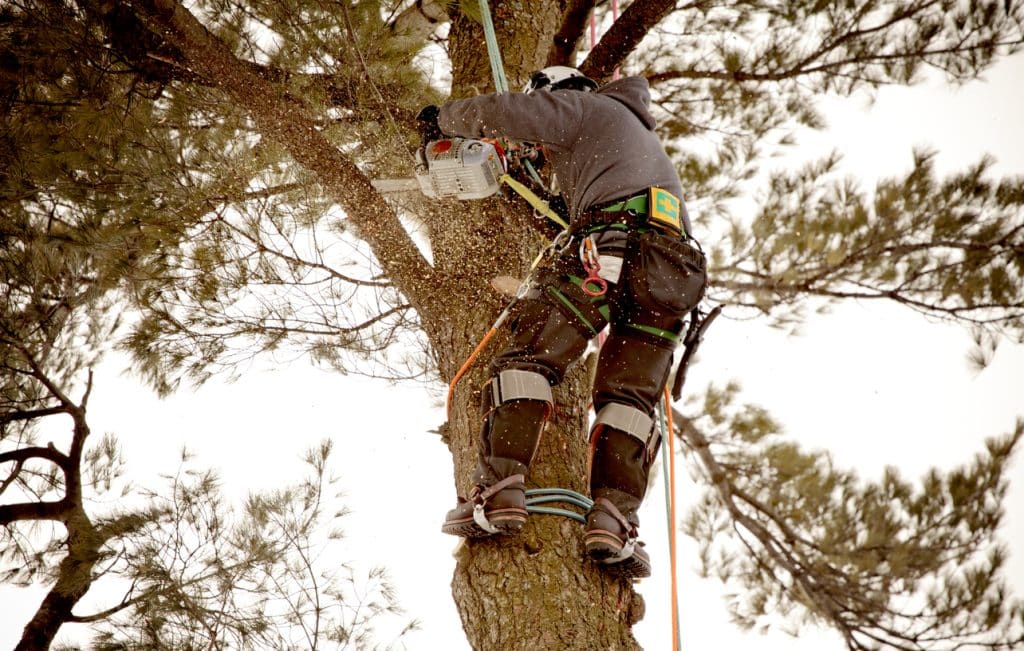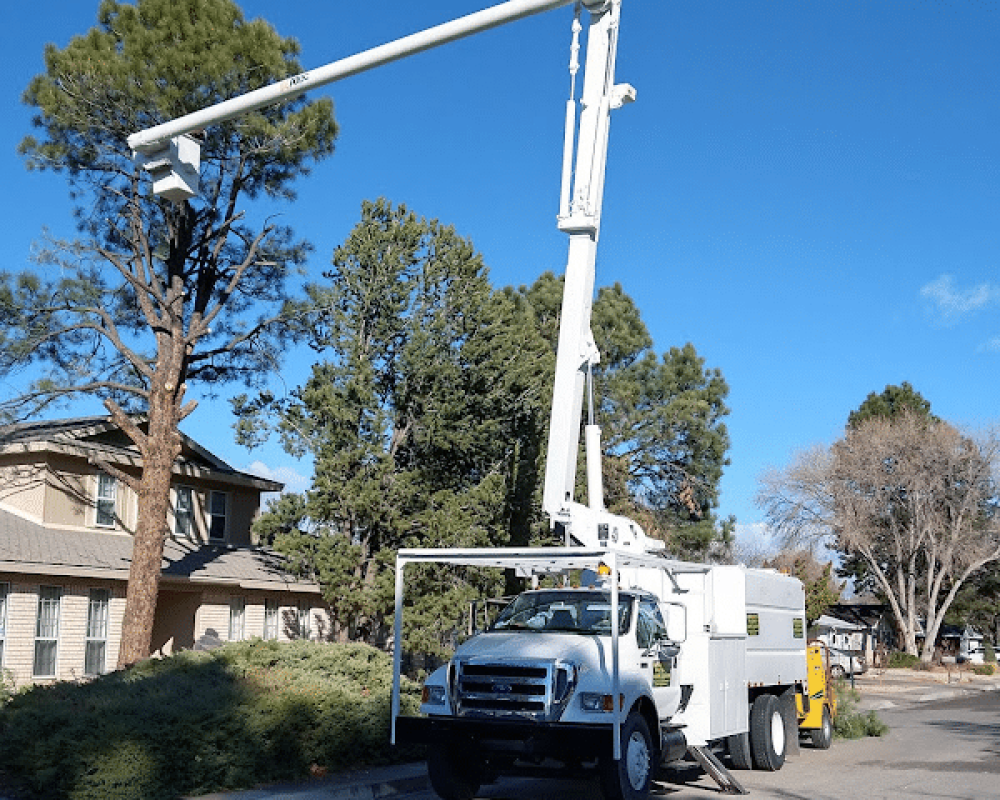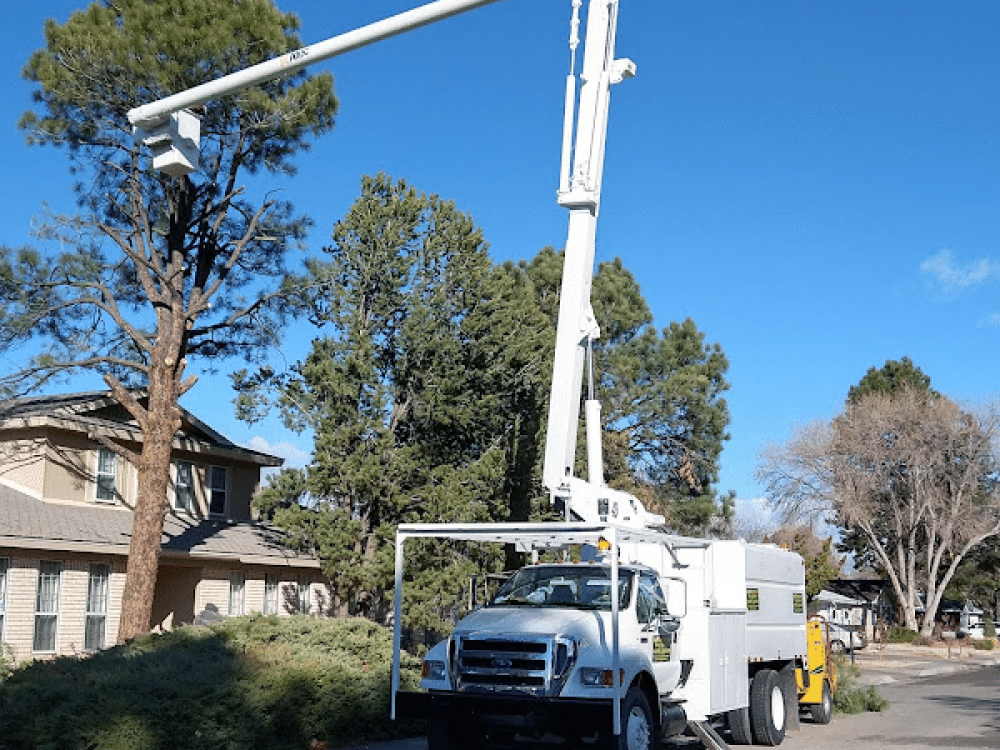Trimming a tree can be beneficial for its long-term health and appearance, but it also carries some risks. Knowing which trees need to be trimmed and how often it should be done is important for ensuring they are healthy and growing properly.
1. Know Your Tree
Different trees have different requirements, and it’s important to understand your tree’s specific needs before trimming. Some trees benefit from more frequent pruning, while some should only be trimmed lightly or not at all.
For instance, fast-growing trees like willow, poplar, and birch may need to be trimmed more often than slower-growing trees like redwood or spruce. With this in mind, it’s a good idea to consult with an arborist if you’re not sure about the needs of your tree.
2. Follow Seasonal Guidelines
The best time to trim your trees will depend on the type of tree and its growing cycle. Trees that bloom in the spring should generally be trimmed in late winter or early spring, while trees that bloom in the summer should be trimmed in late spring or early summer.
Likewise, it’s important to avoid pruning during a tree’s dormancy, as this can damage the tree or prevent it from flowering. Additionally, never prune a tree when it’s raining or about to rain – wet conditions make it more difficult for wounds to heal and for pests to be kept at bay.
3. Use Proper Tools
Using the wrong tools on your trees can cause unnecessary damage and increase the risk of infection. Make sure to use the proper tools for pruning, such as sharp shears or saws. Also, remember to disinfect your tools before and after use because this will help prevent the spread of disease between trees.
In addition to using the right tools, it’s important to properly dispose of clippings and debris. Leaves and twigs can harbor pests and diseases, so placing them in the trash or compost pile is best.
4. Prune Strategically
Depending on the size and location of your tree, you may need to trim it in several stages. For larger trees, removing any dead or diseased branches is a good idea. Then, look for branches that are crossing or growing too close together – these should be pruned back so they don’t rub against each other.
Also, try to keep the overall shape of your tree in mind when trimming – this will help maintain its aesthetic and structural integrity. And one final note: never top a tree (i.e., cut all branches back to a certain height), as this can leave it susceptible to damage from wind and disease. With this in mind, your trees can reap the full benefits of pruning.
Trimming your trees can help keep them healthy and looking their best. However, it’s important to be mindful of the type and needs of your tree as well as the tools and techniques you should use. If all of this sounds a bit complex, that’s because it is. You could always just consult with a qualified arborist and save yourself the bother.
At Robert’s Tree Service in Albuquerque, NM, we provide tree trimming and pruning for all types of trees. Our certified arborists have extensive knowledge and experience in caring for trees, so you can trust that yours will be in good hands. Contact us today to schedule an appointment.




